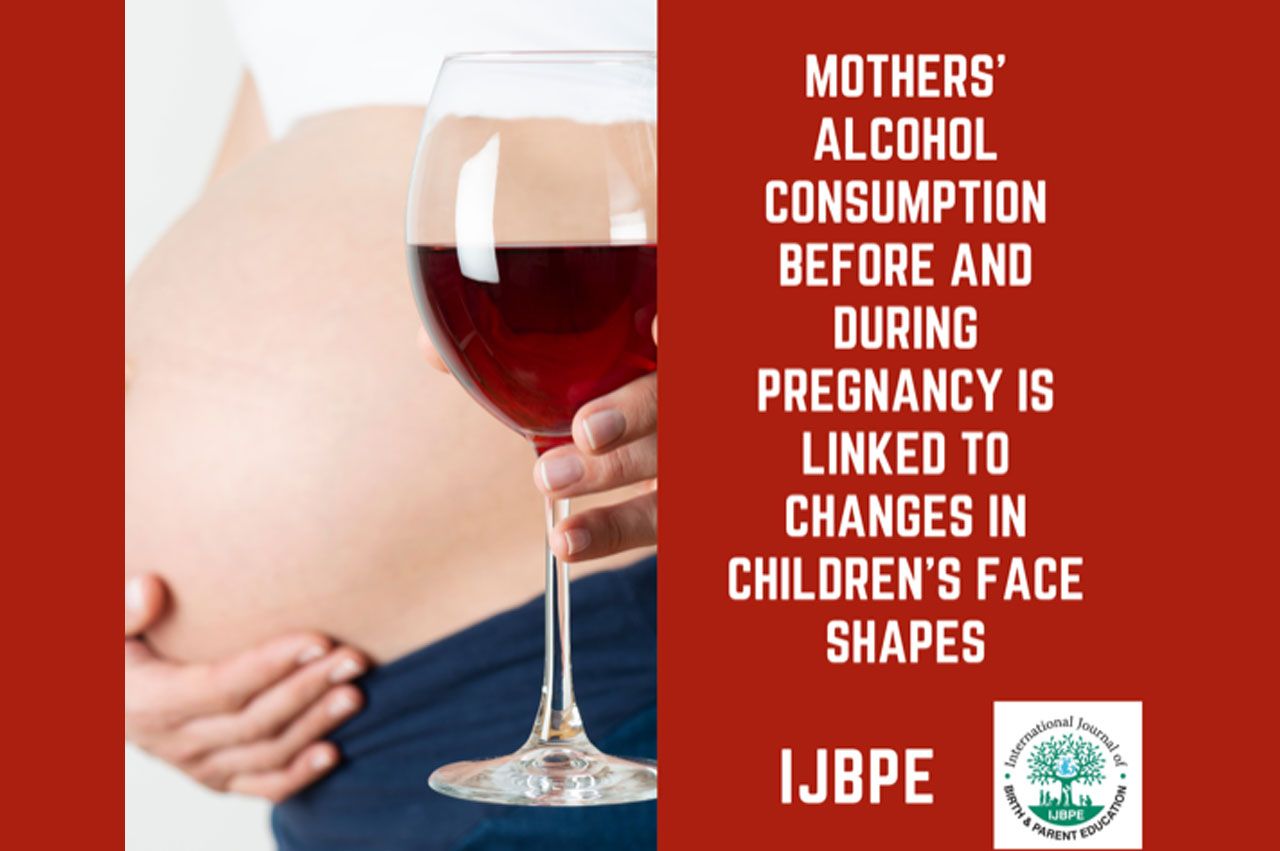
Mothers’ alcohol consumption before and during pregnancy is linked to changes in children’s face shapes
Researchers have used artificial intelligence (AI) and deep learning technology to find a link between alterations in the shape of children’s faces and the amount of alcohol their mothers drank, both before becoming pregnant and during pregnancy.
The study, published in Human Reproduction, is the first to detect this association in the children of mothers who drank alcohol up to three months before becoming pregnant but stopped during pregnancy. In addition, it found the association with altered face shape existed even if mothers drank less than 12g of alcohol a week – the equivalent of a small, 175 ml glass of wine or 330ml of beer.
FASD is defined as a combination of growth retardation, neurological impairment and recognisably abnormal facial development. Symptoms include cognitive impairment, attention deficit hyperactivity disorder (ADHD), learning difficulties, memory problems, behavioural problems, and speech and language delays. FASD is already known to be caused by a mother’s drinking during pregnancy, particularly heavy drinking. However, until now, little was known about the effect of low alcohol consumption on children’s facial development and, therefore, their health. This is also the first study to examine the question in children from multiple ethnic backgrounds.
The researchers used AI and deep learning to analyse three-dimensional images of children taken at the ages of nine (3149 children) and 13 (2477 children). The children were part of the Generation R Study in The Netherlands, an ongoing population-based study of pregnant women and their children from foetal life onwards. The children in this analysis were born between April 2009 and January 2006.
“We found a statistically significant association between prenatal alcohol exposure and face shape in the nine-year-old children. The more alcohol the mothers drank, the more statistically significant changes there were. The most common traits were turned-up nose tip, shortened nose, turned-out chin and turned-in lower eyelid,” said Mr Xianjing Liu, first author of the study and a PhD student in Prof. Roshchupkin’s group, who developed the AI algorithm.
“Among the group of mothers who drank throughout pregnancy, we found that even if mothers drank very little during pregnancy, less than 12 g a week, the association between alcohol exposure and children’s facial shape could be observed. This is the first time an association has been shown at such low levels of alcohol consumption.”
The link between alcohol consumption and face shape weakened in the older children and no significant association was found when the researchers looked at data for the children at the age of 13 years.
Read more: Association between prenatal alcohol exposure and children’s facial shape: a prospective population-based cohort study”, by X. Liu et al. Human Reproduction journal. doi:10.1093/humrep/dead006
